Home>Maintenance & Safety>Child & Elderly Safety at Home>How Old For Booster Seat In Illinois
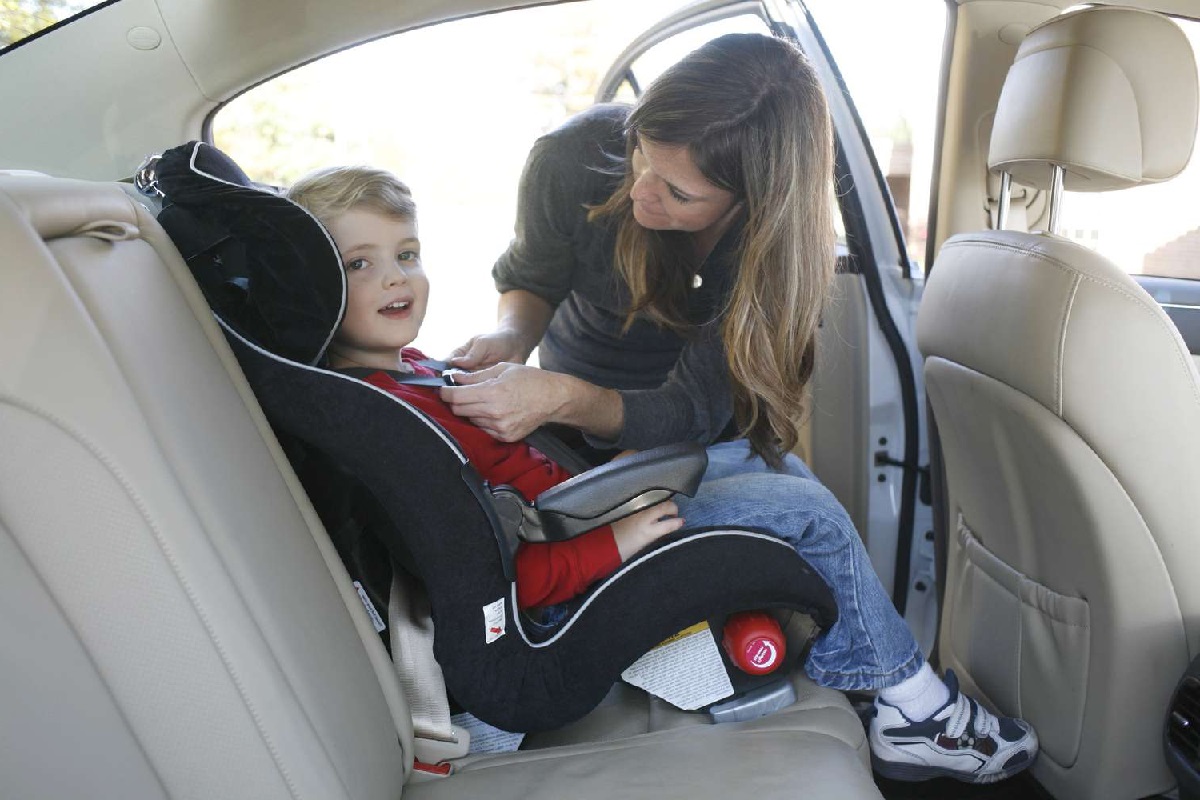

Child & Elderly Safety at Home
How Old For Booster Seat In Illinois
Modified: March 2, 2024
Learn about the age requirements for booster seats in Illinois to ensure child and elderly safety at home. Find out the guidelines for using booster seats in Illinois.
(Many of the links in this article redirect to a specific reviewed product. Your purchase of these products through affiliate links helps to generate commission for Storables.com, at no extra cost. Learn more)
Introduction
Ensuring the safety of children and the elderly within the home is a top priority for families. When it comes to child safety, one of the crucial aspects to consider is the proper use of booster seats in vehicles. In Illinois, as in many other states, there are specific laws and guidelines in place to protect young passengers and reduce the risk of injuries in the event of a car accident. Understanding these regulations and best practices is essential for parents, caregivers, and anyone responsible for transporting children.
The use of booster seats is a critical component of child passenger safety, as they are designed to provide additional protection for children who have outgrown their forward-facing car seats. By elevating the child to the appropriate height, booster seats ensure that the vehicle's seat belt fits properly, reducing the risk of injury in the event of a collision. However, it's important to note that the regulations regarding booster seat usage can vary from state to state, making it imperative for Illinois residents to be well-informed about the specific laws governing booster seat usage in their state.
In this comprehensive guide, we will delve into the specific booster seat laws in Illinois, explore the age and size requirements for transitioning to a booster seat, discuss the different types of booster seats available, and provide valuable insights on selecting the most suitable booster seat for a child's safety needs. By the end of this article, readers will have a thorough understanding of the regulations and best practices surrounding booster seat usage in Illinois, empowering them to make informed decisions and prioritize the safety of young passengers on the road.
Key Takeaways:
- In Illinois, kids need booster seats after outgrowing forward-facing car seats, usually around age 8. It’s crucial to check height, weight, and the booster seat’s guidelines for a safe transition.
- There are different types of booster seats, like high-back and backless ones, each with unique features. Parents should consider the child’s size, safety features, and vehicle compatibility when choosing a booster seat.
Read more: How Old For Booster Seat In New Jersey?
Illinois Booster Seat Laws
In Illinois, the laws pertaining to booster seat usage are aimed at safeguarding young passengers during car travel. These regulations are designed to ensure that children are adequately protected while riding in motor vehicles, reducing the risk of injury in the event of a collision. Understanding and adhering to these laws is crucial for parents, caregivers, and anyone responsible for transporting children in Illinois.
According to Illinois law, children are required to be secured in an appropriate child restraint system based on their age, weight, and height. Specifically, the law mandates that children must be secured in a rear-facing seat if they are under two years old and weigh less than 40 pounds. Once a child outgrows the rear-facing seat, they must be placed in a forward-facing car seat with a harness. This requirement applies to children under the age of eight and those who do not meet the height and weight specifications for a seat belt.
For children who have outgrown their forward-facing car seats, Illinois law stipulates that they must be transitioned to a booster seat. This transition typically occurs when a child reaches the age of eight or when they exceed the height and weight limits for a forward-facing seat. The booster seat must be used in conjunction with a lap-shoulder seat belt, ensuring that it fits the child properly and provides optimal protection in the event of a crash.
It's important to note that Illinois law emphasizes the significance of using booster seats to enhance the safety of young passengers. Failure to comply with these regulations may result in penalties and fines, underscoring the state's commitment to prioritizing child safety on the road.
By familiarizing themselves with the specific booster seat laws in Illinois, parents and caregivers can take proactive measures to ensure that children are appropriately restrained while traveling in motor vehicles. This knowledge empowers individuals to make informed decisions regarding the selection and use of booster seats, ultimately contributing to the overall safety and well-being of young passengers in Illinois.
When Can a Child Move to a Booster Seat?
The transition from a forward-facing car seat to a booster seat is a significant milestone in a child's journey towards automotive safety. Understanding the appropriate timing for this transition is crucial for ensuring that children receive optimal protection while traveling in vehicles. In Illinois, as in many other states, there are specific guidelines to help determine when a child is ready to move to a booster seat.
The general recommendation is that a child can transition to a booster seat when they have outgrown their forward-facing car seat, typically around the age of eight. However, age alone should not be the sole determining factor. It is equally important to consider the child's height and weight to ensure that they meet the requirements for using a booster seat safely.
In Illinois, the law specifies that children should remain in a forward-facing car seat with a harness until they are at least four years old and weigh more than 40 pounds. Once they have surpassed these criteria, they are deemed eligible for a booster seat. However, it's essential to note that the transition to a booster seat should only occur when the child has reached the height and weight limits specified by the booster seat manufacturer.
The decision to move a child to a booster seat should prioritize their safety and comfort. A booster seat is designed to elevate the child, allowing the vehicle's seat belt to fit properly across their body. This ensures that the seat belt rests on the strongest parts of the child's body, such as the collarbone and hips, reducing the risk of injury in the event of a crash.
It's important for parents and caregivers to carefully assess whether a child is physically ready for a booster seat. This involves checking the manufacturer's guidelines for the specific booster seat being considered and verifying that the child meets the height and weight requirements. Additionally, parents should ensure that the child is mature enough to sit properly in a booster seat for the duration of the car journey, as proper positioning is essential for the seat belt to provide effective protection.
By adhering to the recommended age, height, and weight guidelines, parents and caregivers can make a well-informed decision regarding the transition to a booster seat, thereby enhancing the safety of young passengers during car travel. This proactive approach contributes to the overall well-being of children and reinforces the importance of prioritizing their safety on the road.
Types of Booster Seats
When it comes to selecting a booster seat for a child, there are several types available, each designed to cater to specific age groups, sizes, and safety needs. Understanding the different types of booster seats is essential for parents and caregivers, as it enables them to make informed decisions based on the individual requirements of the child.
-
High-Back Booster Seats: These booster seats feature a high backrest and are designed to provide support and protection for the child's head and neck. High-back booster seats are particularly beneficial for vehicles that lack adequate headrests, as they ensure that the child receives essential head and neck support during the journey. Additionally, high-back booster seats often come equipped with adjustable headrests and side-impact protection, further enhancing the child's safety and comfort.
-
Backless Booster Seats: Unlike high-back booster seats, backless booster seats do not have a built-in backrest. Instead, they elevate the child to the appropriate height, allowing the vehicle's seat belt to fit correctly. Backless booster seats are lightweight and easily portable, making them a convenient choice for travel and carpooling. While they may lack the head and neck support provided by high-back booster seats, backless boosters are equally effective in ensuring that the seat belt rests properly on the child's body.
-
Combination Booster Seats: These versatile booster seats are designed to transition from a forward-facing car seat with a harness to a high-back booster seat as the child grows. Combination booster seats offer extended use and adaptability, accommodating children as they outgrow their initial car seat and progress to the next stage of automotive safety. This multi-stage functionality makes combination booster seats a cost-effective and practical choice for parents seeking long-term solutions for their child's safety needs.
-
All-in-One Booster Seats: As the name suggests, all-in-one booster seats are designed to serve multiple functions, encompassing rear-facing, forward-facing, and booster seat capabilities. These comprehensive seats provide a seamless transition as the child grows, eliminating the need for separate car seats at different stages. All-in-one booster seats offer convenience and longevity, catering to the evolving safety requirements of the child from infancy through the booster seat phase.
When selecting a booster seat, it's essential to consider the child's age, height, weight, and individual preferences. Additionally, parents and caregivers should prioritize booster seats that have been rigorously tested and certified for safety compliance, ensuring that they meet the necessary standards for protecting young passengers in vehicles.
By understanding the distinct features and benefits of each type of booster seat, parents and caregivers can make well-informed decisions, selecting the most suitable option to enhance the safety and comfort of children during car travel. This proactive approach underscores the commitment to prioritizing child safety and well-being, aligning with the overarching goal of safeguarding young passengers on the road.
Choosing the Right Booster Seat
Selecting the right booster seat is a crucial decision that directly impacts the safety and comfort of a child during car travel. With a myriad of options available in the market, parents and caregivers must consider several key factors to ensure that they choose a booster seat that aligns with the specific needs and requirements of the child.
Read more: What Kind Of Booster Seat For A 5-Year-Old
Consider the Child's Age, Height, and Weight
When choosing a booster seat, it is essential to take into account the child's age, height, and weight. Different booster seats are designed to accommodate varying age groups and sizes, ensuring a proper fit and optimal protection. By referencing the manufacturer's guidelines and specifications, parents can identify booster seats that are tailored to their child's developmental stage, thereby enhancing safety and comfort.
Evaluate the Vehicle Compatibility
The compatibility of the booster seat with the vehicle is another critical aspect to consider. Parents should assess the dimensions of their vehicle's seating area and verify that the selected booster seat fits securely and appropriately. Additionally, considering the number of booster seats needed and the available space within the vehicle ensures that the chosen booster seat aligns with the practicalities of the transportation environment.
Prioritize Safety Features
When exploring booster seat options, prioritizing safety features is paramount. High-quality booster seats incorporate advanced safety elements such as side-impact protection, adjustable headrests, and energy-absorbing foam, enhancing the overall safety provisions for the child. By opting for booster seats with robust safety features, parents can instill confidence in the protection provided during car journeys.
Seek Ease of Use and Maintenance
Opting for a booster seat that is user-friendly and easy to maintain contributes to a seamless and convenient experience for both the child and the caregiver. Features such as machine-washable fabric, adjustable harness systems, and straightforward installation mechanisms streamline the usage and upkeep of the booster seat, aligning with the practical needs of modern families.
Read more: What Booster Seat Is Best For 4-Year-Old
Verify Compliance with Safety Standards
Ensuring that the selected booster seat complies with rigorous safety standards and regulations is non-negotiable. Parents should look for booster seats that have undergone thorough testing and certification, signifying their adherence to established safety protocols. This verification provides assurance regarding the booster seat's reliability and efficacy in safeguarding the child during car travel.
By meticulously considering these factors and conducting thorough research, parents and caregivers can make an informed decision when choosing a booster seat, ultimately prioritizing the safety and well-being of the child. This proactive approach underscores the commitment to providing a secure and comfortable environment for young passengers, aligning with the overarching goal of enhancing child safety on the road.
Conclusion
In conclusion, prioritizing the safety of children during car travel is a fundamental responsibility that demands careful consideration and proactive measures. The regulations and guidelines surrounding booster seat usage in Illinois underscore the state's commitment to safeguarding young passengers and reducing the risk of injuries in the event of a collision. By adhering to these laws and making well-informed decisions regarding booster seat selection and usage, parents and caregivers play a pivotal role in enhancing the overall safety and well-being of children on the road.
Understanding the specific booster seat laws in Illinois empowers individuals to ensure that children are appropriately restrained while traveling in motor vehicles. By adhering to the age, weight, and height requirements outlined in the law, parents and caregivers can take proactive steps to transition children to booster seats at the appropriate developmental stage, thereby optimizing their safety during car journeys.
The transition from a forward-facing car seat to a booster seat marks a significant milestone in a child's journey towards automotive safety. By carefully assessing the child's readiness based on age, height, and weight, parents and caregivers can make informed decisions, ensuring that the transition occurs at the optimal time to maximize safety and comfort.
Furthermore, understanding the different types of booster seats available, including high-back, backless, combination, and all-in-one options, equips parents and caregivers with the knowledge to select the most suitable booster seat for their child's specific needs. By considering factors such as age, height, weight, safety features, and vehicle compatibility, individuals can make informed choices, prioritizing the safety and well-being of young passengers.
In essence, the comprehensive understanding of booster seat laws, the appropriate timing for transitioning to a booster seat, and the selection of the right booster seat culminate in a collective effort to enhance child safety on the road. By embracing these principles and integrating them into everyday practices, parents and caregivers contribute to a culture of safety and responsibility, ultimately creating a secure environment for children during car travel.
Ultimately, the commitment to prioritizing child safety through informed decision-making and adherence to regulations reflects a profound dedication to nurturing a safe and protective environment for young passengers, aligning with the overarching goal of ensuring their well-being on the road.
Frequently Asked Questions about How Old For Booster Seat In Illinois
Was this page helpful?
At Storables.com, we guarantee accurate and reliable information. Our content, validated by Expert Board Contributors, is crafted following stringent Editorial Policies. We're committed to providing you with well-researched, expert-backed insights for all your informational needs.
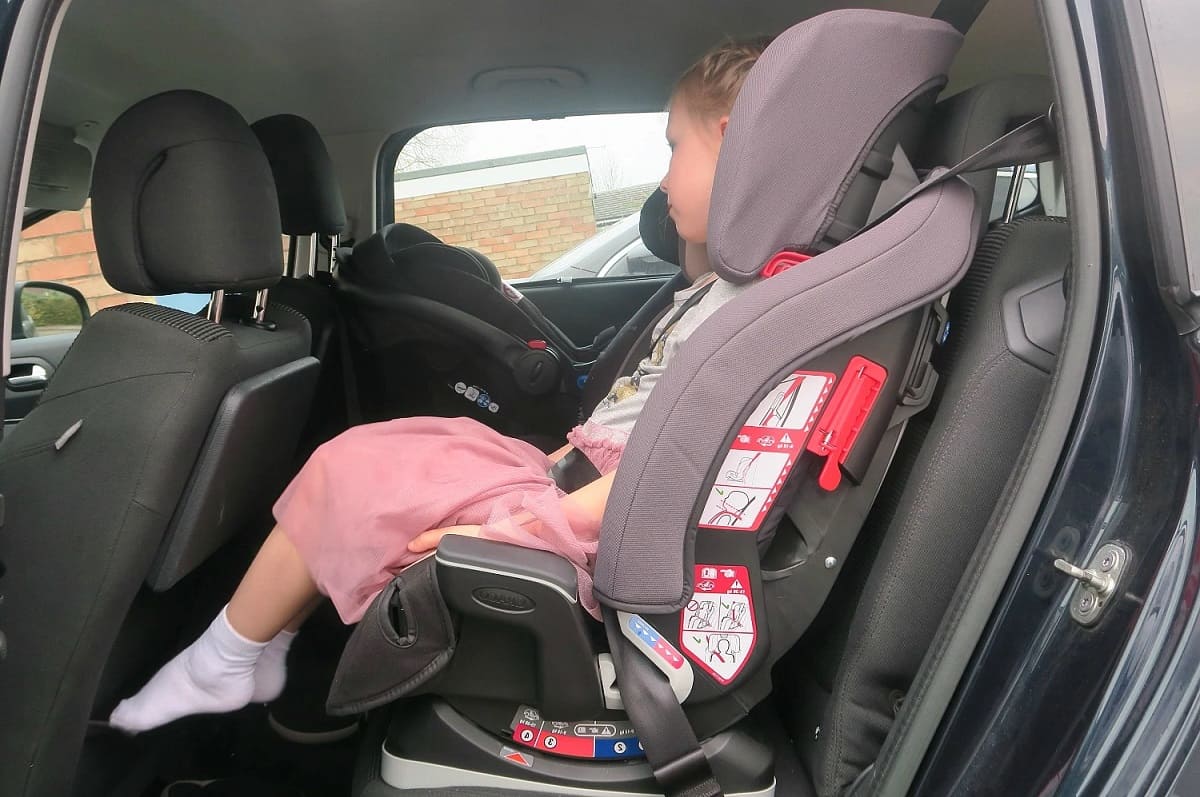
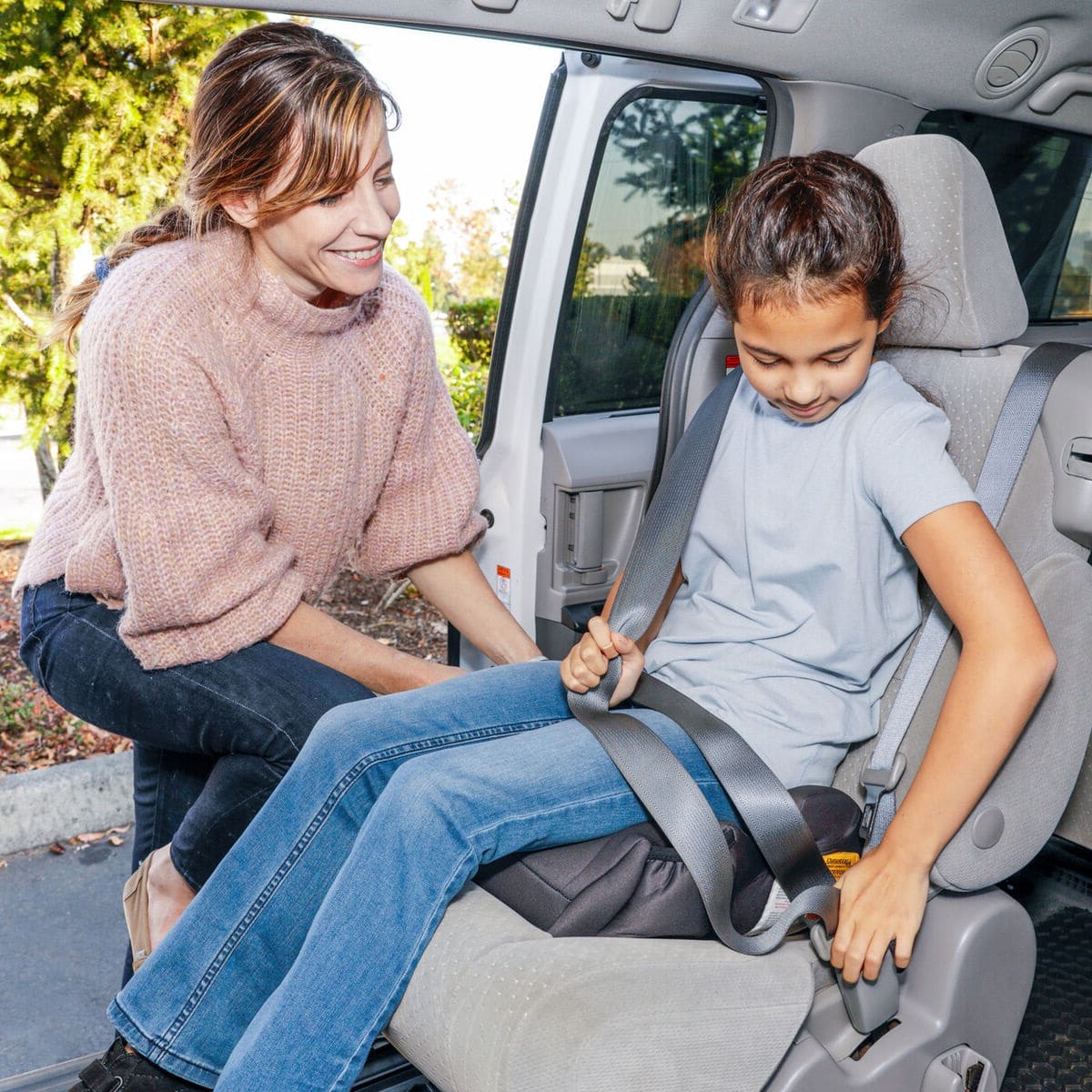
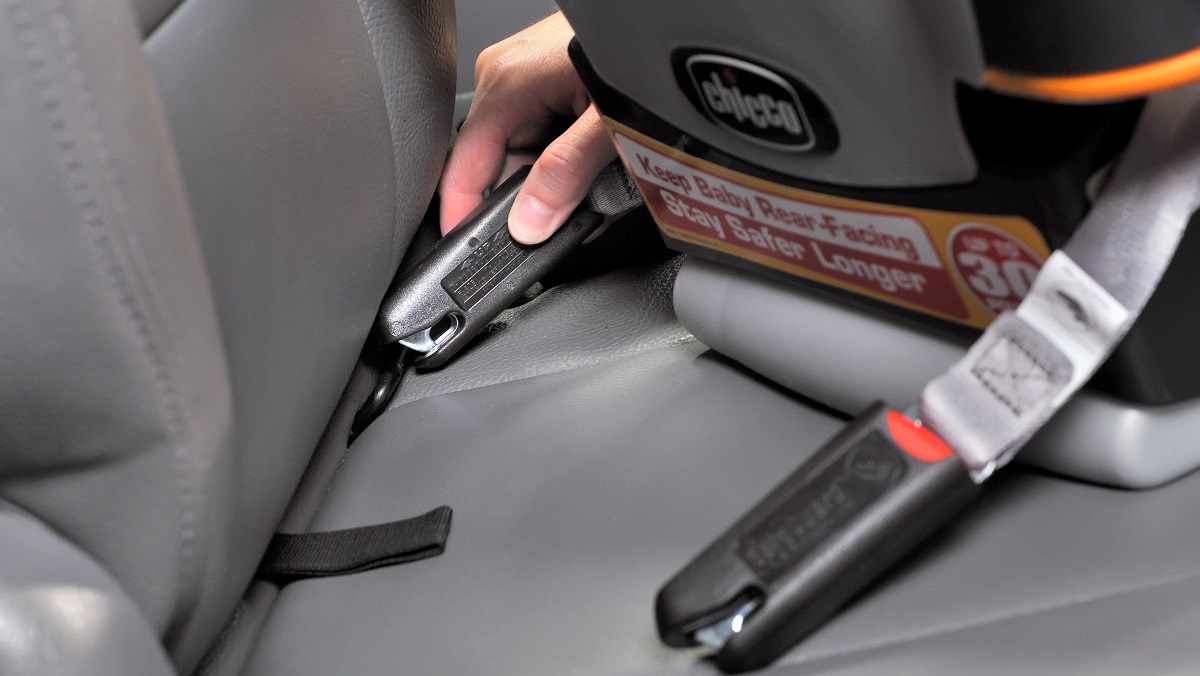
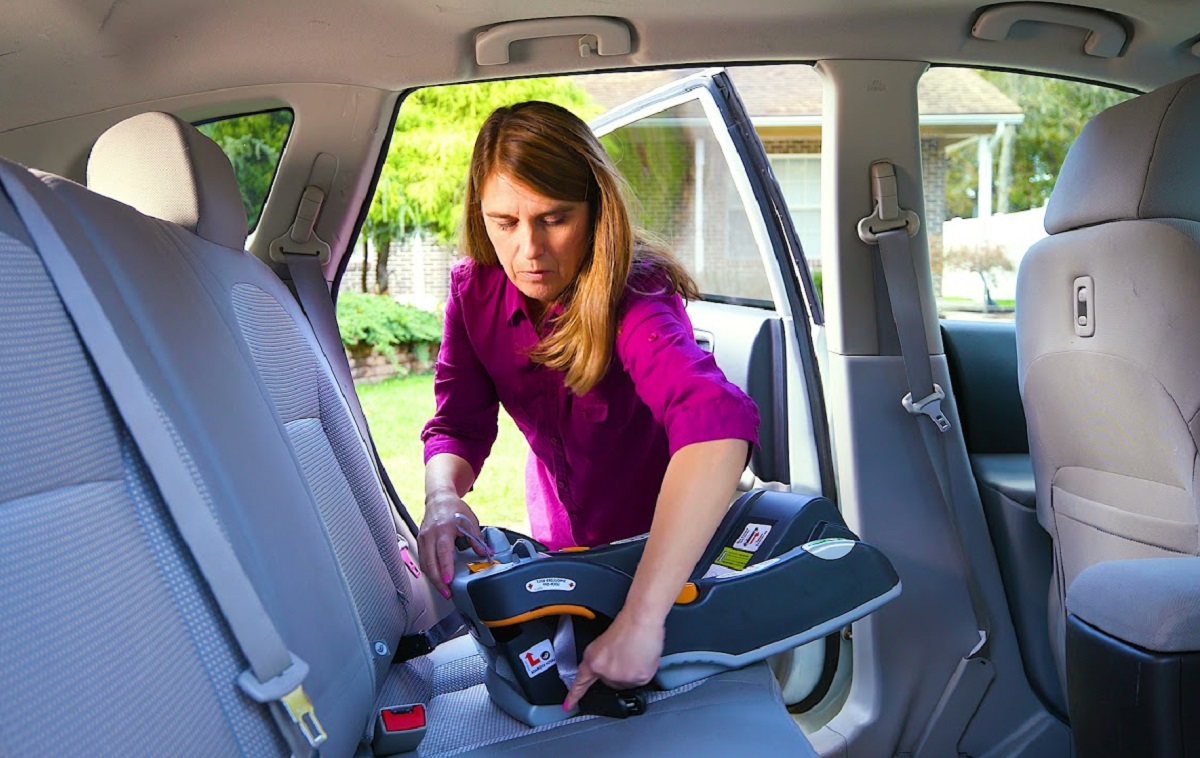
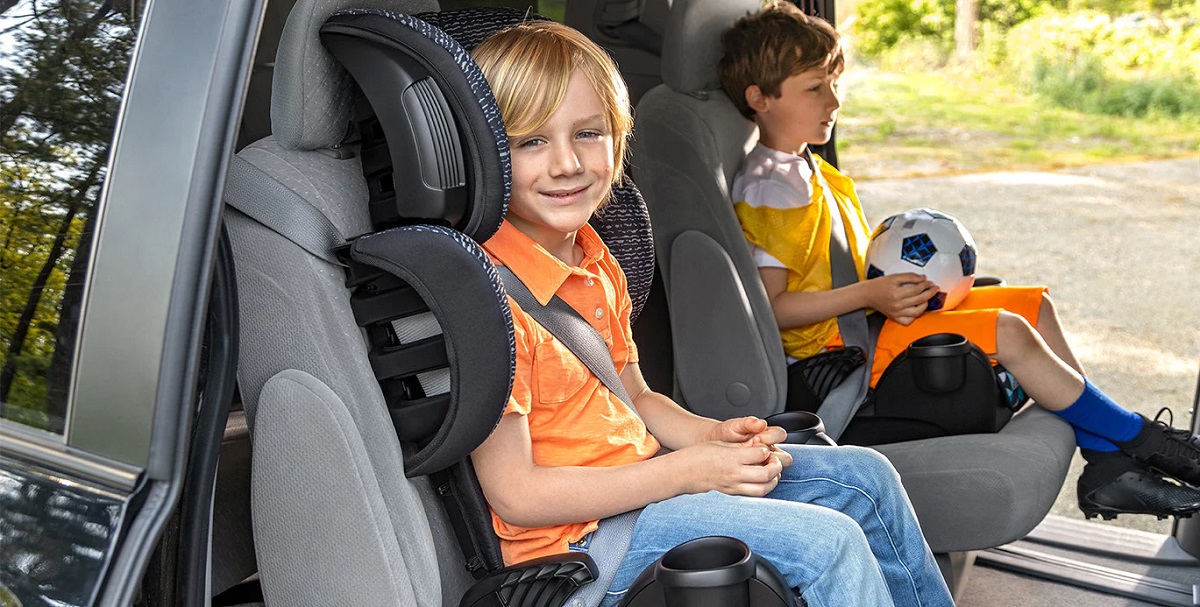
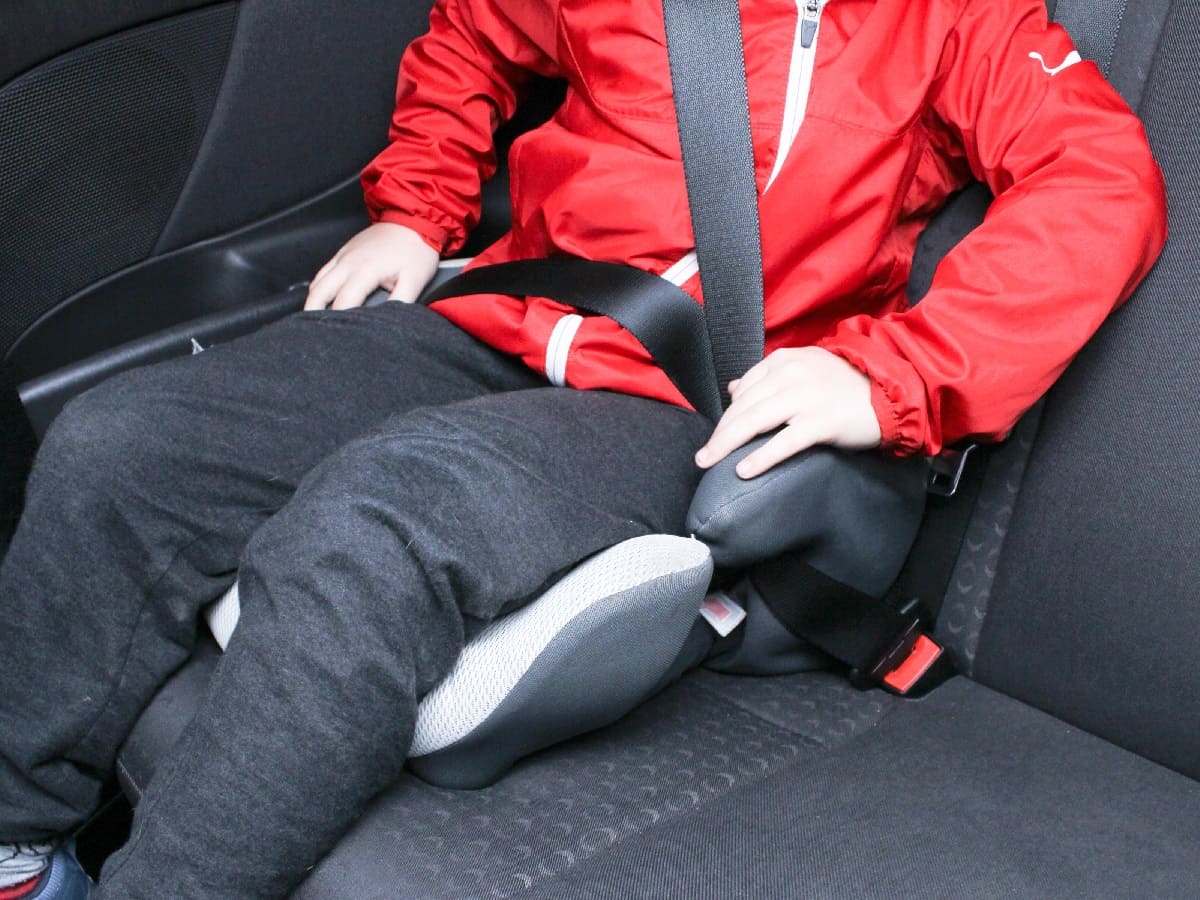
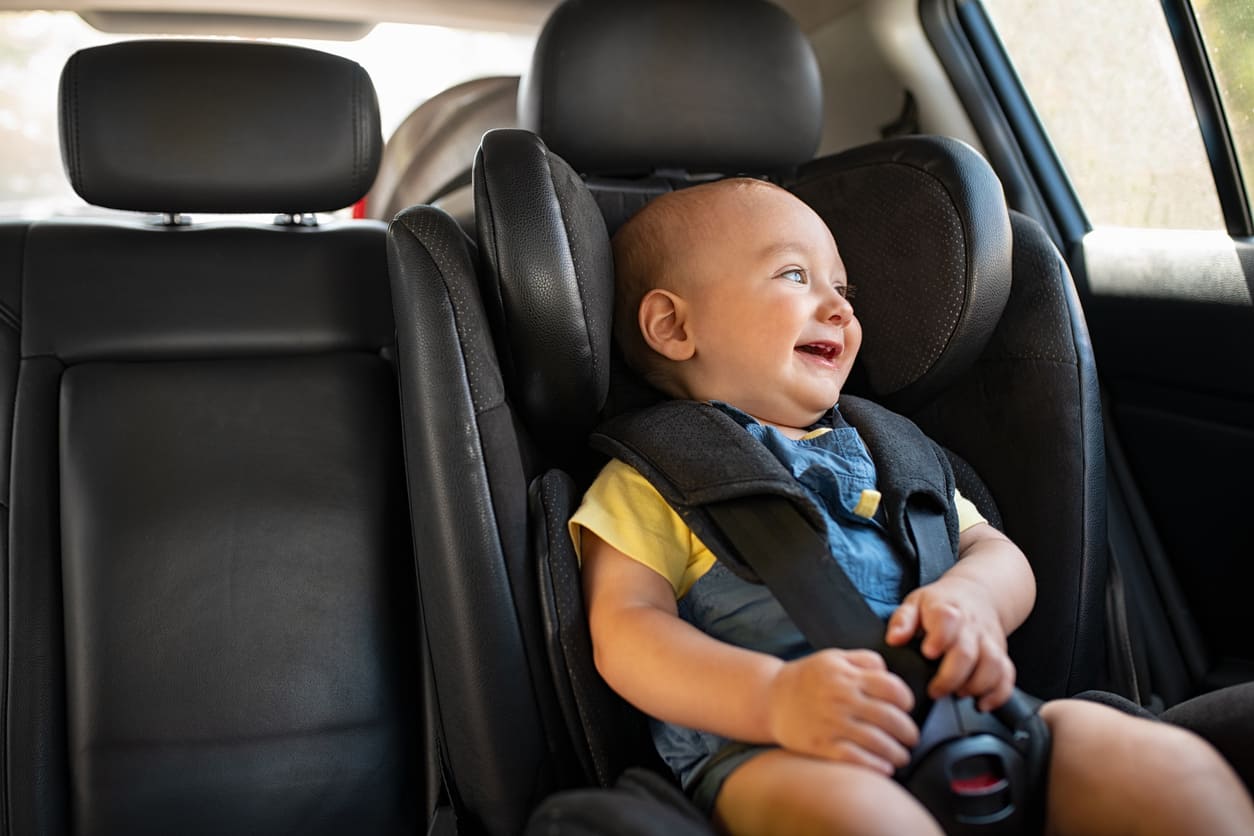
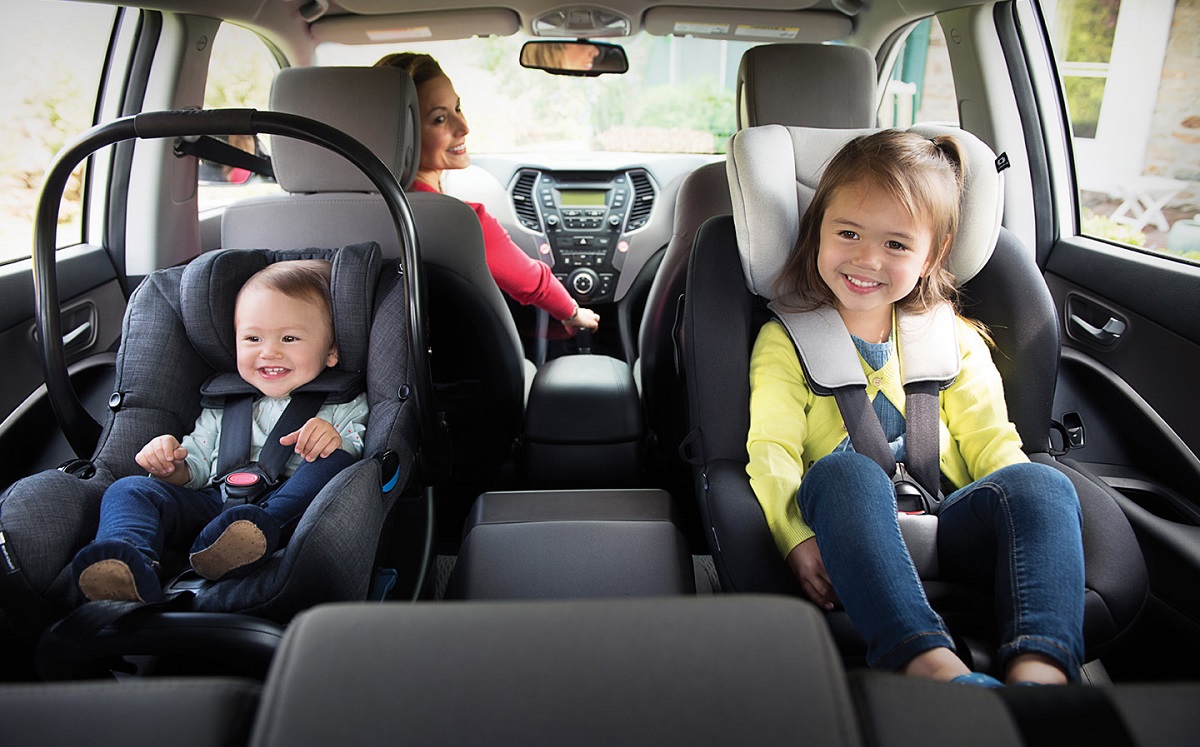
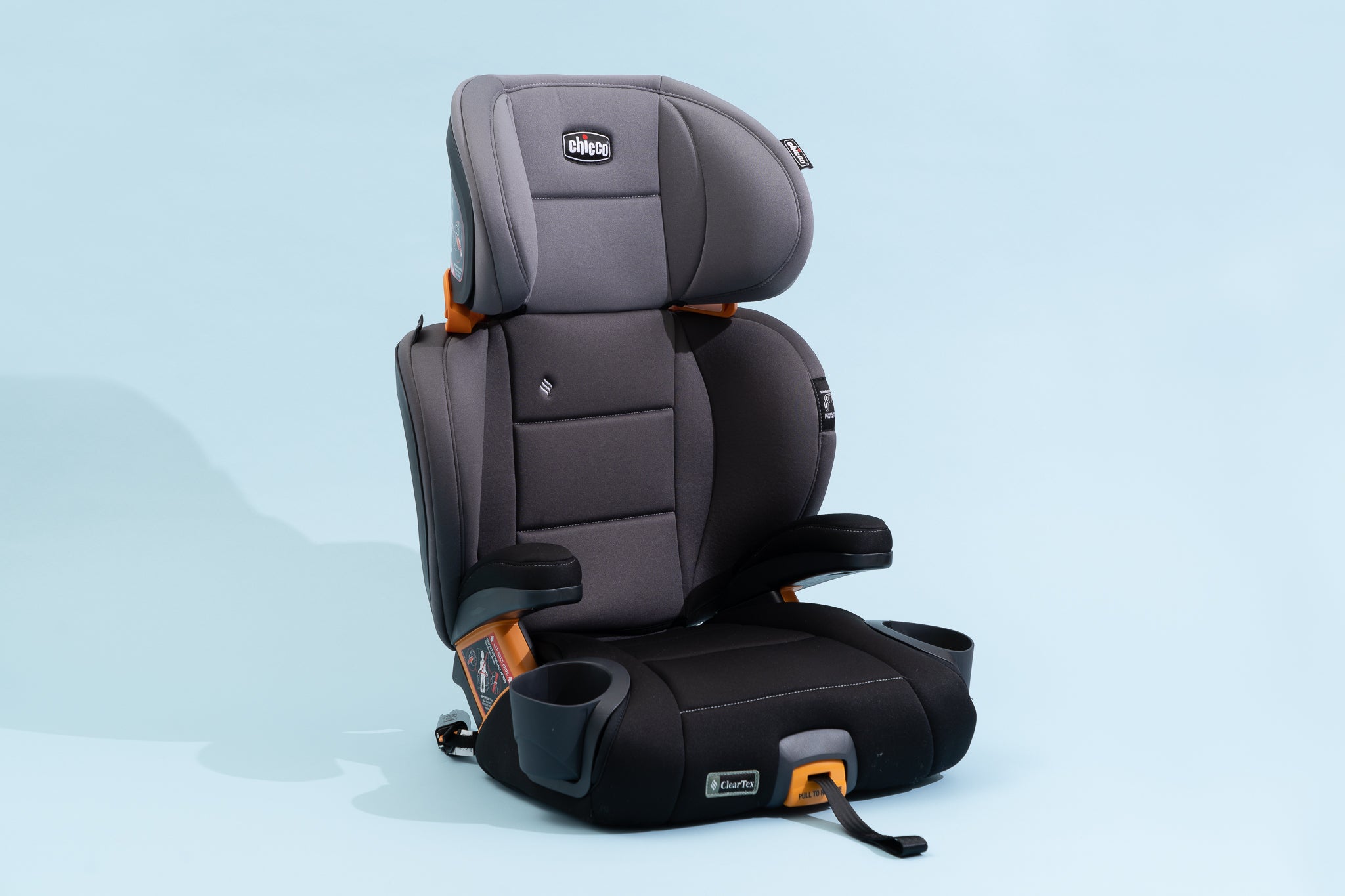
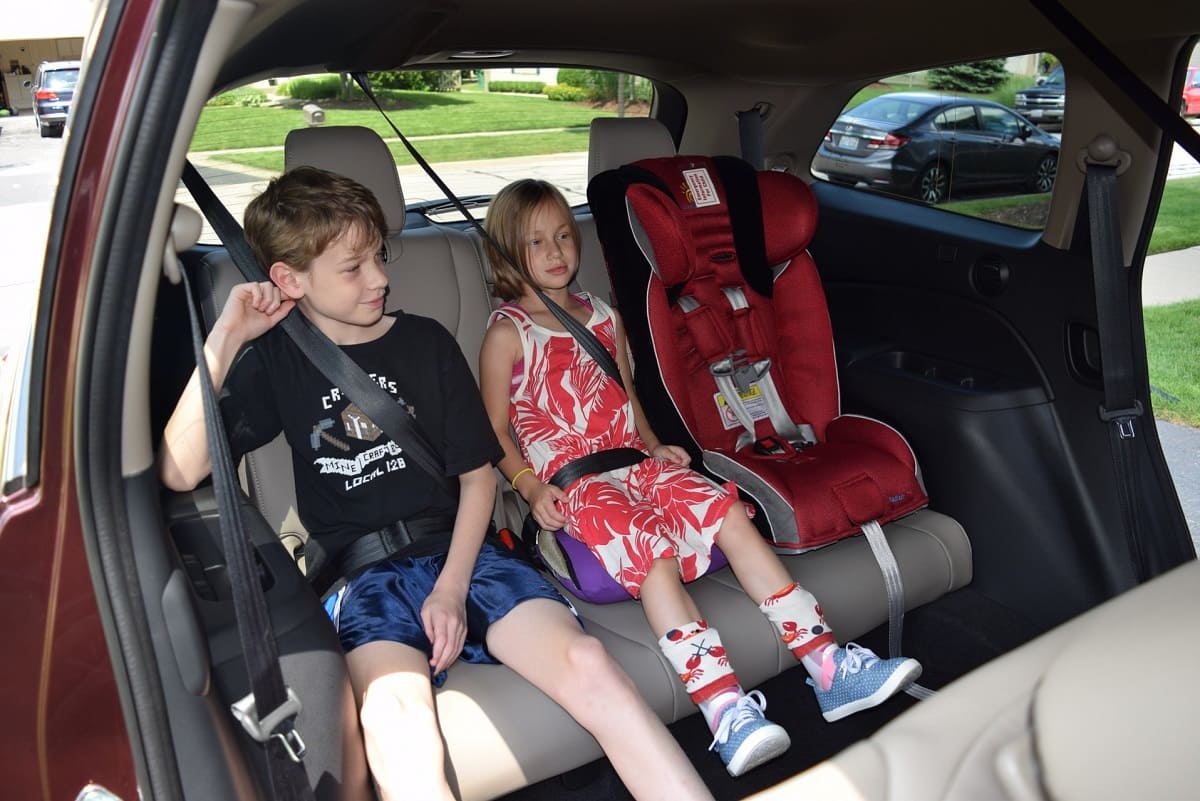
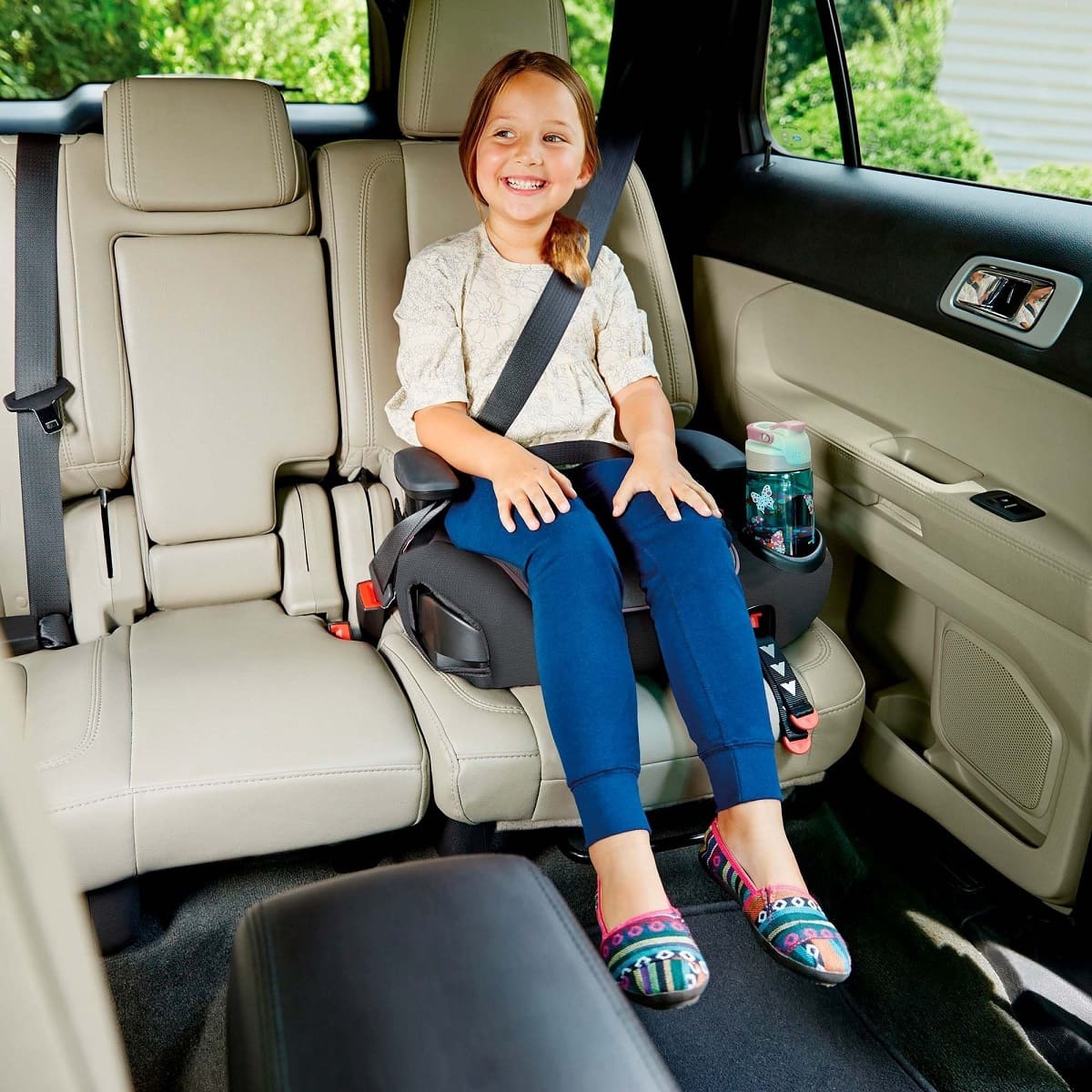

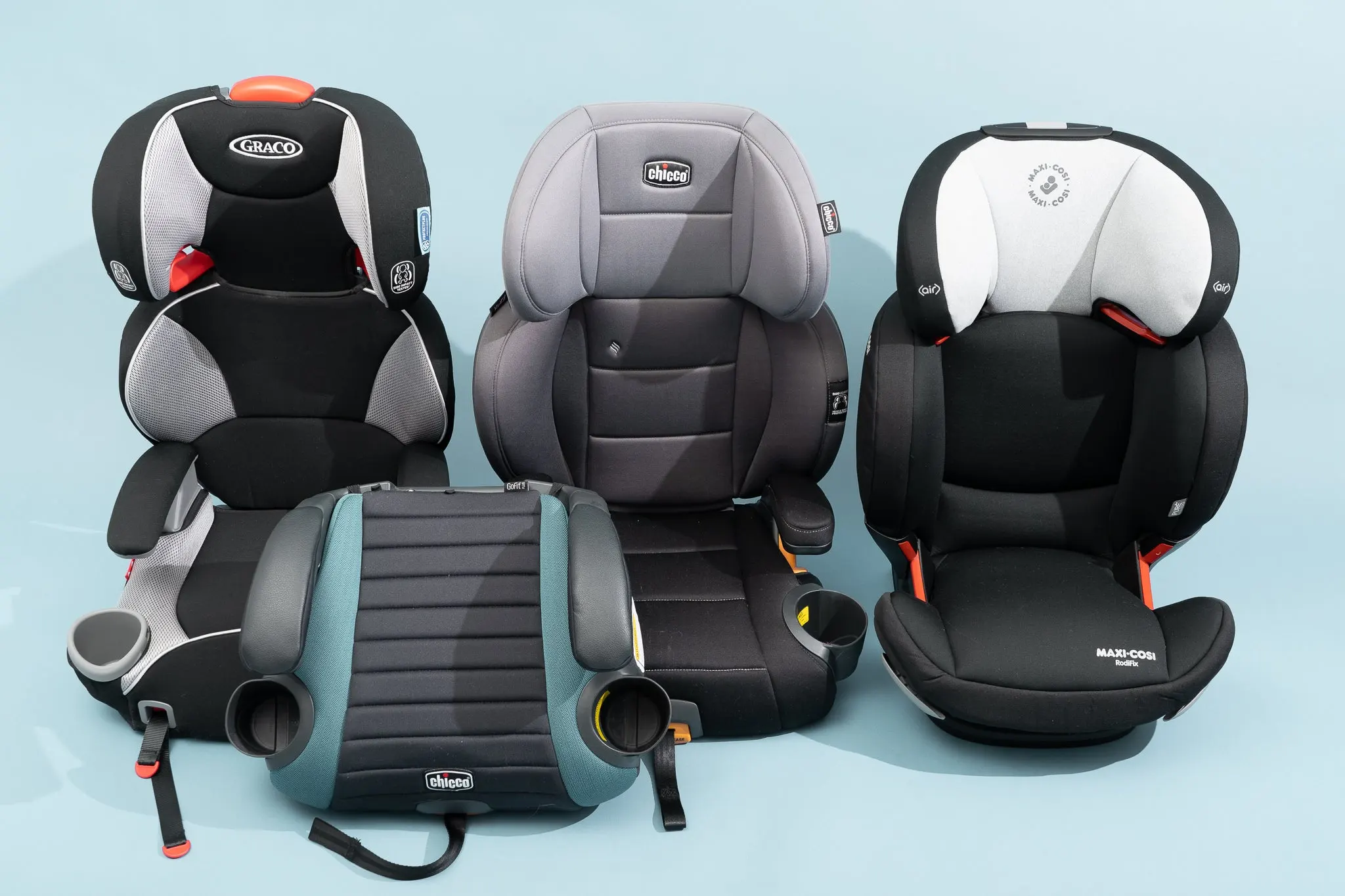

0 thoughts on “How Old For Booster Seat In Illinois”